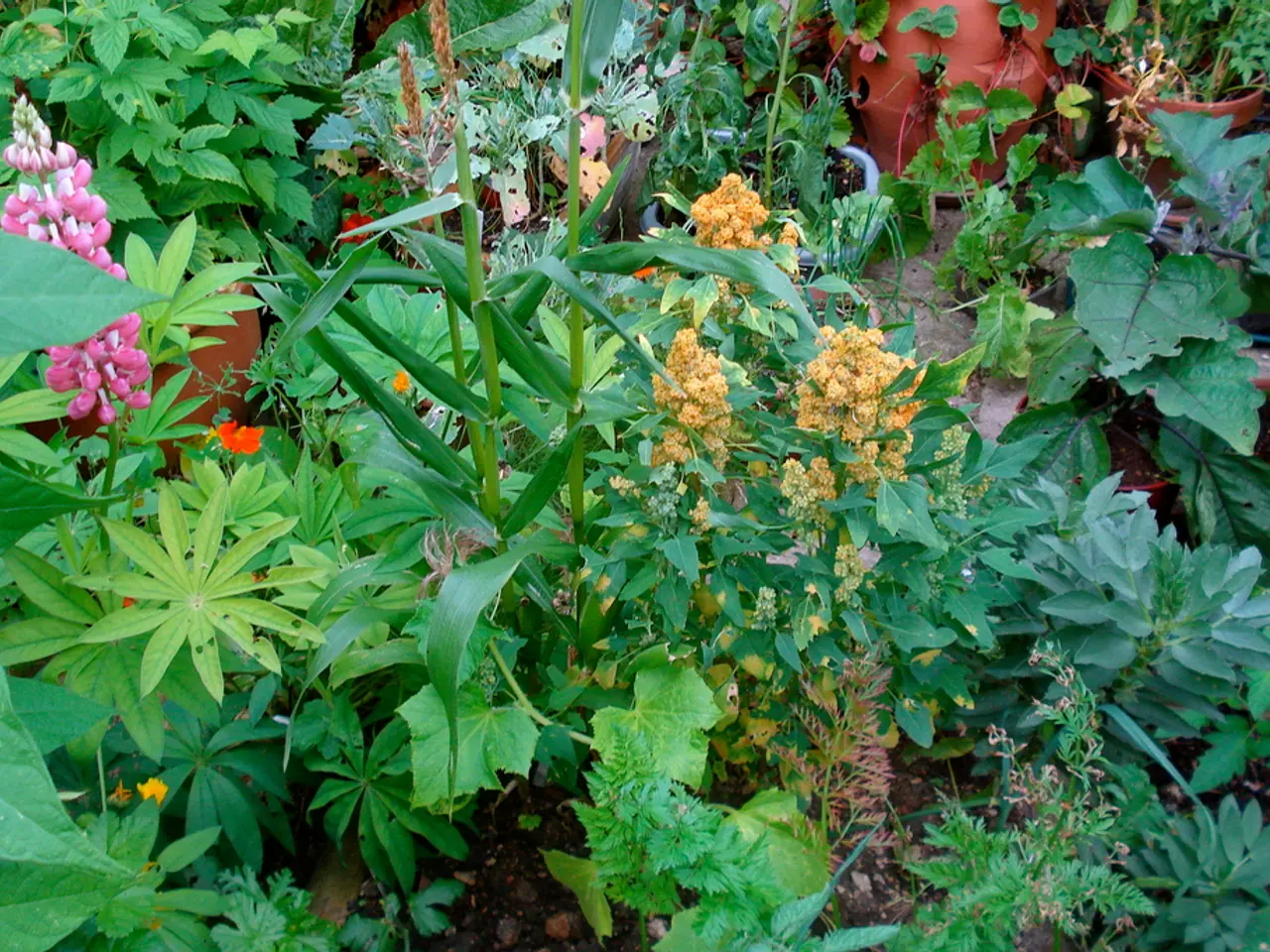Unusual Delights: Contrary to belief, carnivorous plants capable of consuming flies may not be too uncommon for personal gardens.
Sarracenia, commonly known as pitcher plants, are a fascinating genus of herbaceous perennials native to North America. These spreading rhizomatous plants are known for their unique ability to capture insects, a trait that makes them a popular choice among carnivorous plant enthusiasts.
**Lighting and Temperature**
Sarracenia plants thrive in full sun during the growing season. However, they may require shelter from hot sun, especially when grown under glass. In terms of temperature, Sarracenias can tolerate a wide range, typically from 20°F to 100°F, but are best grown in temperatures that allow for seasonal changes.
**Soil and Water**
Use an acidic potting medium, such as peat moss mixed with perlite, for your Sarracenia plants. Avoid regular potting soil, as it may be too alkaline for these plants. Irrigate with low-mineral water (50 ppm or less) to prevent mineral buildup that can harm the plants.
**Humidity and Ventilation**
Sarracenias prefer a humid environment, but they also require good air circulation to prevent fungal diseases. Ensure good ventilation, especially during winter dormancy.
**Seasonal Care**
During the growing season, maintain moist conditions and full sun exposure. As winter approaches, keep the plants slightly drier, cool, and well-ventilated. In colder climates, protect with mulch or refrigerate roots during extreme cold.
**Propagation and Pruning**
Sarracenia can be propagated by seed or division. No regular pruning is required; remove dead leaves as necessary.
**Special Considerations**
Sarracenias don't require feeding as they get all the nourishment they need from insects. A mature crown can display as many as 20 or 30 flowers, with each crown or growing point producing a single flower.
Sarracenias come out of dormancy by early March as the weather gets warmer. It's important to note that Sarracenias should not be overwintered indoors as they need a period of dormancy.
**Varieties and Species**
There are fewer than ten species of Sarracenia, including Sarracenia x moorei, Sarracenia 'Leviathan', Sarracenia flava var. rubricorpora 'Roy Lancaster', Sarracenia oreophila, and Sarracenia minor var. okefenokeensis. There are also numerous varieties, such as Sarracenia 'Judith Hindle', Sarracenia 'Lynda Butt', and Sarracenia 'Juthatip Soper'.
**Where to Find Sarracenias**
Sarracenias can be seen and bought at Hampshire Carnivorous Plants and Hewitt-Cooper Carnivorous Plants. For those who prefer mail order, Wacks Wicked Plants is another option.
In capturing insects using a combination of a tempting lure, a slippery slope, and hairs arranged like a lobster pot, Sarracenias continue to fascinate and captivate plant enthusiasts. With the right care and conditions, these unique plants can thrive in your home or garden.
home-and-garden enthusiasts can find Sarracenias, the captivating pitcher plants, at Hampshire Carnivorous Plants and Hewitt-Cooper Carnivorous Plants, or opt for mail order from Wacks Wicked Plants. By creating a humid, well-ventilated environment with an acidic potting medium and low-mineral water, these plants can be grown successfully in one's home or garden, contributing to a distinctive lifestyle that appreciates the beauty of diverse flora.




